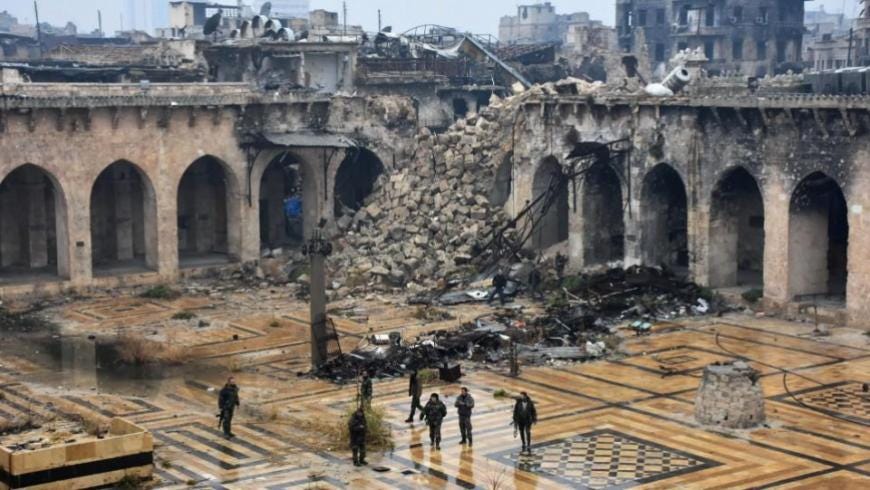Syria’s Economic Recovery: Between BRICS and the West
If Western sanctions persist, the new government may follow the path of Assad and seek stronger ties with BRICS, especially as concerns about the Israeli occupation of Syria and the IMEC increase.
Over a decade after the Arab Spring uprising, which descended into a civil and proxy war, Syria has endured immense human and economic costs. While the future of the post-Assad Syrian government remains uncertain, one thing is clear: the country’s recovery will depend on international aid, likely conditioned on political alignment with regional and global agendas. This will turn Syria into a proxy battleground for reconstruction. In this piece, we explore the impact of both current and potential costs on Syria’s path to recovery.
The Price of Conflict: An Economic Breakdown
Since 2011, nearly a quarter of a million Syrians have been killed, and 13 million displaced, with more than half remaining internally displaced. For those still in Syria, over 90% lived below the poverty line as of last year, according to a United Nations report, and more than half of the population is unemployed. Prior to the war, Syria was the largest oil producer in the Eastern Mediterranean, with oil contributing a quarter of government revenue. However, the United States' (US) presence in Syria, particularly through Kurdish forces, has restricted Syria’s access to its oil resources, while US and European Union (EU) sanctions have effectively prevented oil exports, which once accounted for 40% of the country’s exports. This economic warfare has caused Syria’s Gross Domestic Product (GDP) to halve and led to hyperinflation, with a 141% depreciation in 2023. The pressure is expected to intensify as more refugees return, as a majority are unskilled, and a third of the children have been without education since their displacement. To address this, the HTS government has announced plans to transform Syria into a competitive, free-market economy, drawing on the principles of their ‘Islamic capitalism’ model in Idlib, which has reportedly been more prosperous than regime-controlled areas. The plan includes efforts to strengthen the private sector by easing customs regulations and engaging Syrian industrialists abroad.
Also Read
Keep reading with a 7-day free trial
Subscribe to MENA Unleashed to keep reading this post and get 7 days of free access to the full post archives.


